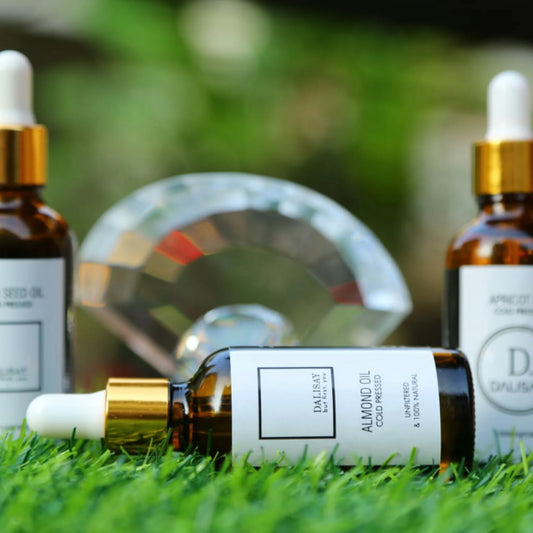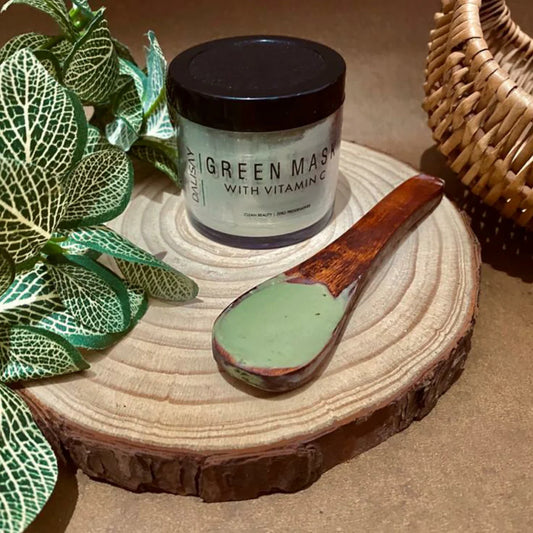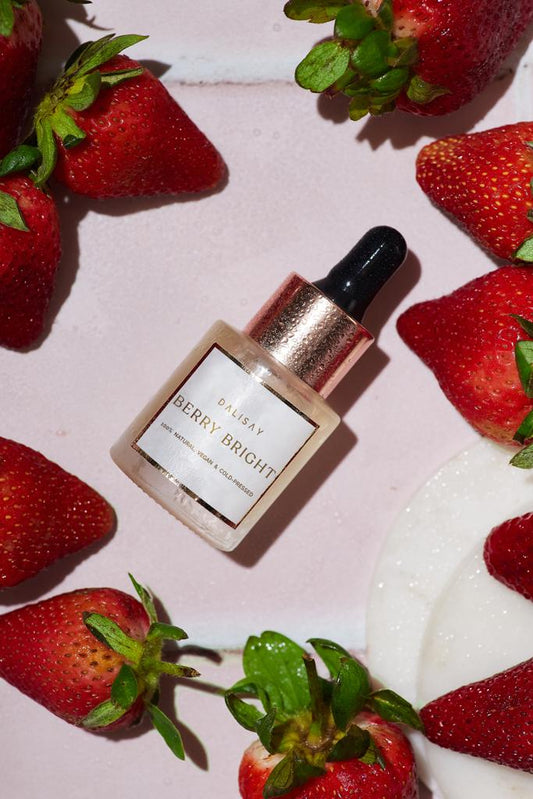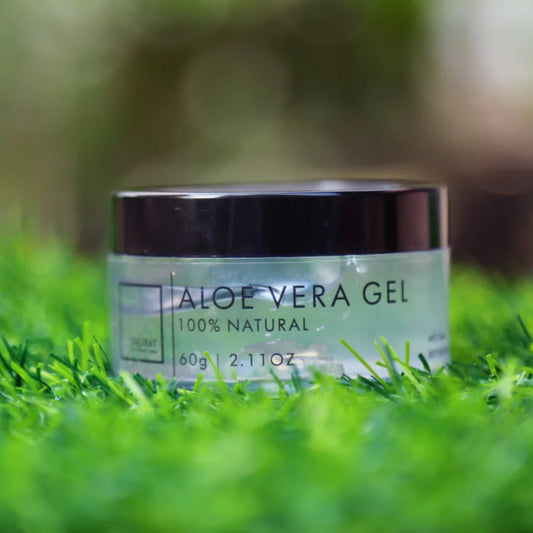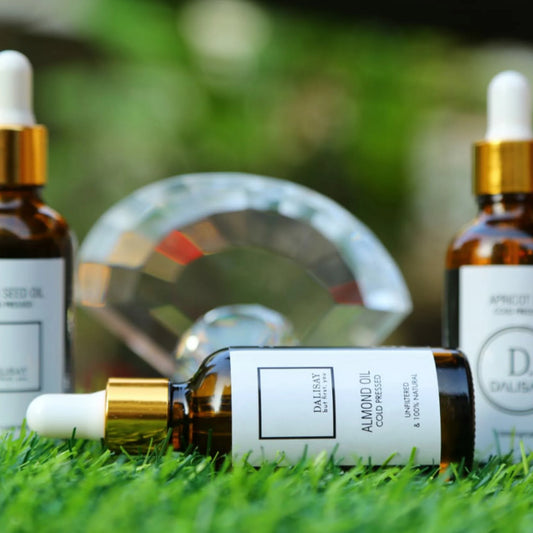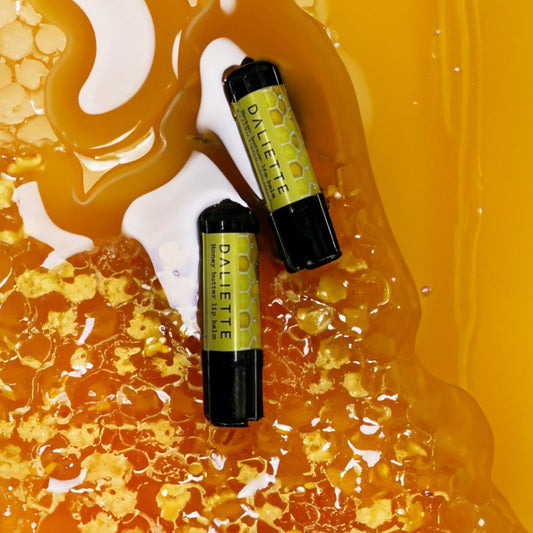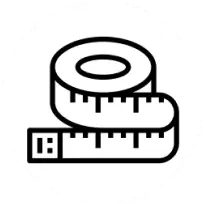Faq
I'm an "A" cup. Do I really need to wear a bra?
Yes! Please make sure you wear a bra. Often, small-breasted women will wear an undershirt and no bra, or flimsy triangle bras held together with elastic. Neither choice does anything to enhance your look. What A-cup women need most is definition. A bra with light foam padding or fiberfill will add a natural-looking shape to your breasts. A padded bra with bump pads will even create some cleavage. You also may not be interested in cleavage or enhanced shape. That's fine too. But, even A-cups need tissue and muscle support. There are bras on the market in your size with no padding, but provide support and have underwires.
What Is the most common mistake women make when trying to find their correct bra size?
Most women walking around in the wrong bra size are wearing a bra with too big a band size and too small a cup size. So, a good starting point is to go down a band size and up 2 cup sizes and see how that size feels. For example, if you are wearing a 40C go to a 38DD (or 38F), You go up 2 cup sizes because when you go down a band size, the same cup size will actually be smaller as well.
How do I know if my straps are adjusted correctly?
Can you slip a finger under your straps? If you can't, or if the straps are digging into your shoulders, you've probably over-adjusted to compensate for a bra that's the wrong size. Usually, the band size is too large. Straps should have just enough tension to hold the bra on your shoulders; they should provide about 10% of a bra's support. So, do the strap test - Slip your straps off your shoulders so they are resting on your arms. A well-fitting bra should stay on (with some sagging) without the straps' assistance.
I have narrow shoulders and my straps keep falling down.What should I do?
Women with narrow shoulders need to find a bra style with close-set straps. Racer-back style bras are one great solution. Demi cup and front closure bras tend to have straps set farther apart and should therefore be avoided. Check out Intimate Details for fitting suggestions on falling shoulder straps.
What bra is best to wear with spaghetti straps?
The only bra that works with a spaghetti strap top is a strapless bra. However, you may want to check out our Accessories Department for alternatives such as breast petals, clear straps, or adhesive bras.
Do I really need an underwire bra?
Underwires were invented to allow a bra to have less coverage, yet be supportive. Because of underwires, we are able to have demi and push-up bras. So, do you need an underwire? No. If you don't like underwires, you don't have to wear one. The lingerie industry manufactures an enormous selection of wire-free or soft cup bras.
My straps painfully dig into my shoulders. What can I do?
When the frame of your bra is not giving you adequate support, the shoulder straps are forced into providing additional support. The most common reason for digging shoulder straps is the band size being too large. Full-figured women know the bra sizing game all too well. For example, if she is a 38E and the bra she wants only goes as high as a "D" cup, she will go up a band size and down a cup size and think it fits (40D). However, she has done a disservice to herself because going up a band size means her straps are going to have to make up for the support lost in the increased band size. To relieve shoulder strap pain, measure yourself and stick with the correct bra size.
Why do I need a wider band along the back of my bra?
There are several reasons. A wide band is less likely to ride up in back or twist. A wide band will also give more support along the sides and allow for better posture. And, a wide band can give additional support, which means more freedom of movement.
Where are a full-figured woman's breasts supposed to sit?
If you are wearing a properly fitting bra, your breasts should sit midway between your waist and your collarbone. Here's a quick test. Put a belt around your waist and hold a pencil or ruler horizontally below your neck at your collarbones. Looking in the mirror, the fullest part of your breast should be midway between your waist and the pencil.
What's the #1 mistake full-figured women make in sizing a bra?
By far, the most common mistake among full-figured women is buying a bra with cups that are too small and then compensating by going up to a band size that is too big for them. This mistake is understandable since many bra styles don't come in larger cup sizes. However, you are doing a disservice to yourself. Find out what your measurements are and only buy bras that are made specifically for your measurements.
What is the best way to launder my bras?
You can wash your bra in the washing machine, but make sure it is hooked together to avoid tangling or hooking onto other clothing. It is always a good idea to put bras in a lingerie bag to keep them separate (see our etcetera department). Wash on delicate cycle in cool water with gentle detergent. And don't ever put your bras in the dryer. Heat breaks down the spandex. A bra gets a lot of wear and tear anyway. So keep it away from the dryer.
What is the best way to launder my panties?
Begin by looking at the care instructions on the label. If they are machine washable, it is safest to put them in a load with other delicate items and run the washer on the delicate cycle with cold or warm water. Avoid hot water and the dryer since elastic breaks down with heat. Line-drying panties is always best.
What is the best way to launder shapewear?
Your best bet is to follow the washing instructions on the shapewear garment. In general, don't wash in hot water, never use chlorine bleach, and do line or air dry. High washing temperatures and hot dryers can break down the controlling performance of shapewear over time.
What are some general tips on washing lingerie?
1) Sort articles by color, washing whites, darks and medium colors separately. Lighter garments can pick up dyes from darker colors. 2) Separate man-made fibers (e.g. polyester) from natural fibers (e.g. cotton). Man-made fibers can attract the oils that are released from natural fibers during washing. These oils build up over time and make the spots on the man-made fibers more obvious. 3) Try to have both large and small items in each washer load. This will let the items move more freely during the washing cycles. 4) Sort delicate fabrics from tougher fabrics like denim and terry cloth. This will lessen the friction of fabrics against each other. 5) Lint-generating fabrics (e.g. fleece, towels) should be washed separately from lingerie. The lint clings to the lingerie fabrics. Don't overload the washer. If the washer is too full, the clothes won't get enough agitation to get clean, and the laundry soap may not spread evenly though the load thus leaving globs of detergent on certain items.
What's the difference between a sports bra and a regular bra?
Whereas traditional bras are designed to provide support, a sports bra is designed to support and also reduce breast movement. It has been estimated that the average underwire reduces breast movement by 38%. However, a good sports bra can reduce breast movement by at least 56%.
What's the difference between a thong and a g-string?
A g-string, as the name implies, has a string in the back of the panty instead of a fabric panel. A thong has a little more fabric and usually comes to a "Y" at the waistband. Both serve the same purpose of cutting down on visible panty lines. Each style has its ardent fans -- your best bet is to try each and decide which one feels more comfortable to you.




